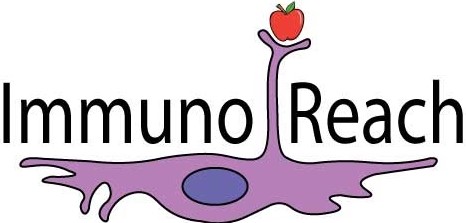When tests disagree, how do I know if I have COVID-19?
Author(s): Holly Basta1, Sean Coleman2, Iglika V. Pavlova3, Aparna Shah4
1. Rocky Mountain College 2. Wartburg College 3. University of North Carolina Greensboro 4. Virginia Tech
1227 total view(s), 541 download(s)
- Instructor Notes_COVID Testing Activity - Google Docs
- StudentHandout#1_COVID Testing Activity_Introduction.docx - Google Docs
- StudentHandout#4_COVID Testing Activity - Antibody Test - Google Docs
- StudentHandout#3_COVID Testing Activity - Antigen Test.docx - Google Docs
- StudentHandout#2_COVID Testing Activity_PCR test.docx - Google Docs
- License terms
Description
Overarching goal: The activity is intended for use with introductory biology, general biology, or non-major biology courses. As such, the activity is used to teach fundamental biology concepts and core competencies, as listed in the Vision and Change report (AAAS, 2011). The core concepts and the learning outcomes for this activity are noted below:
-
Core concept: Information flow, exchange and storage
a) Explain how knowledge of DNA replication can be used to detect the presence of COVID-19 genomes.
b) Distinguish viral genes (that code for viral antigens (epitopes) expressed in infected cells) from human genes (that code for antibodies expressed by B lymphocytes, or B cells).
c) Describe how mutations in the viral genome sequence could lead to changes in the amino acid sequence of viral antigens.
2. Core concept: Structure and Function
a) Describe how viral antigens (epitopes) are recognized by the immune system, such as when antibodies bind to them
b) Describe how antibody binding is influenced by mutations in the genetic sequence of viral antigens that change their amino acid sequence, and how it might affect the outcome of antigen detection tests.
3. Core Competencies (the numbering refers to numbering in the recommended guidelines developed by the Undergraduate Immunology Education Task Force
1) Apply the process of science
2) Use quantitative Reasoning
2.2 Interpret different types of graphical representations of immunological data
2.3. Draw meaningful conclusions from an immunology-related data set
3) Communicate and collaborate with other disciplines
3.1 Present an immunological topic to an audience
3.2. Contribute within a team to move a task forward
4) Understand the relationship between science and society
Intended audience:
Non-majors in biology or introductory biology, with possible extensions to upper-level courses (microbiology, anatomy and physiology, immunology)
Students will complete the following:
- Individual worksheets based on the specialty (and test) they selected. These worksheets will prepare them to engage in the group discussion and guide the students through the interpretation of one of the three types of SARS-CoV-2 diagnostic tests.
- A group discussion with the other specialties, with an accompanying worksheet. Students will compare and discuss the results of all three types of diagnostic tests. Should instructors wish to assess the group discussion, here is a helpful rubric.
This resource consists of the following files:
1. Student handout#1: this handout will introduce the activity. The resource also includes glossary and links to additional resources.
2. Student handout#2: this is a handout for students who participate in the activity as epidemiologists.
3. Student handout#3: this is a handout for students who participate in the activity as infectious disease doctors.
4. Student handout#4: this is a handout for students who participate in the activity as immunologists.
5. Instructor notes: these are instructor notes, which include answer keys, notes from field testing of the activity, implementation-related notes and options for extending or modifying the activity.
Cite this work
Researchers should cite this work as follows:
- Basta, H., Coleman, S., Pavlova, I. V., Shah, A. (2023). When tests disagree, how do I know if I have COVID-19?. ImmunoReach: Interdisciplinary Immunology Education Consortium, QUBES Educational Resources. doi:10.25334/JEB5-Y738
